In the coming weeks and months, I expect we will begin getting a clearer picture as to what actually went wrong with Vampire: The Masquerade – Bloodlines 2. The Chinese Room, the developer that eventually shepherded the product to fruition, isn’t fully to blame in this. Hell, they might not be at all to blame, as we have no idea the state of the project from when they took over. The only thing we can really say at this point is that the timeline that was laid out in 2019 never made any sense, so who is to say what happened in between there? The one thing I can say for sure, though, is that the game is bad. Really bad. And this is coming from somebody who spent six years pining over the idea of Vampire: The Masquerade having some form of resurgence in pop culture, a return that feels as dead as its protagonists at this point.
What’s worse, though, is that, even amid the mess, there are genuine moments that feel like they have good ideas in them. Maybe that’s why I walked away as harshly as I did; better to be a complete failure than one who had at least some understanding of success. Maybe that’s unfair, but it’s where my mind was when the credits began to play, and I was genuinely happy to move on to any other game in the growing backlog on my desk. All I knew was I didn’t like that feeling, and the ending should make you nostalgic for the journey, and for the most part, I was filled with disappointment and the taste of cough drops. So, let’s unpack this mess as best we can.
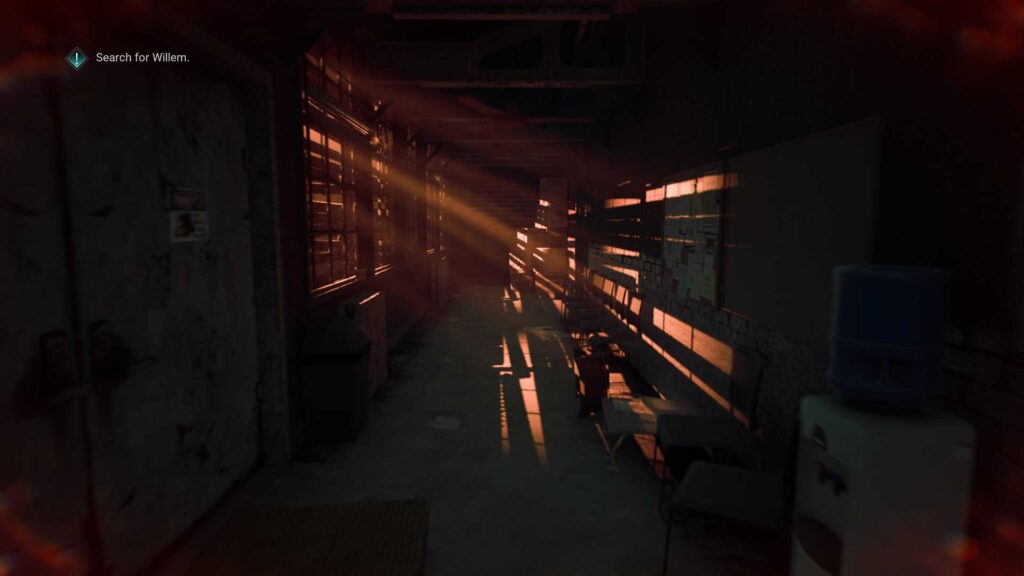
The game has you play as Phyre, an elder vampire who awakens from torpor in Seattle, Washington, with no idea how they got there. This is a far cry from the thin-blood generic character originally pitched, and doesn’t fit the theme of Bloodlines as well either. Your character has some customization, mainly in the choice of the vampiric clan you descend from. You do get things like clothes and hairstyles to choose from, but they are limited and, honestly, can often feel redundant. The vibe is maintained as Buffy than Twilight though, and these aren’t the only elements that feel in some small part as a cool throwback to a long-forgotten era of vampires where they were sexy, but didn’t glow, and dressed ready and willing to piss mommy and daddy off.
There is a decided lack of any real mark you can make on Phyre, though, even in dialog choices, that feels somewhat impactful that you are creating a story, rather than adding to one. Even several impactful branches don’t have meaningful branches, such as an early choice when the Prince of Seattle (usually the most psychotic vampire in a city) tasks you in a threatening way to recover her sheriff who went rogue. Reaching him, you find anarchs already got to him and want retribution, but you fight, then have a choice on who to give the sheriff to. Regardless, you become the new sheriff, with consequences being nothing important because, of course, not. The issue is that the game had already established this binary as part of a larger task of getting permission to roam the city, which is obviously needed to actually start playing the game, so there was no way for this choice to have impact and it was obvious long before you reached that fork, which was also obvious given the games attempt at RPG style choices, which filled the void of almost the entirity of the RPG you want Vampire: The Masquerade – Bloodlines 2 to be.
Once you have completed this portion, which is extremely linear, the game opens up a bit. You have a tiny, will say Yakuza-style map to explore, which predominantly serves as a hub to take missions from. The game has a lot of missions that take you off the map to special areas that you have to fight your way through, like torn-down buildings, not torn-down buildings, and caves, if you are into that sort of thing. For what it’s worth, these are where the game hits the best version of what I might call a stride. Outside of this, though, the world is otherwise a dreary and fog-filled collection of streets and buildings you would not even recognize as Seattle if not for the Ferris wheel that occasionally pops up in the background. There is verticality as you can traverse to rooftops, but even that is a far cry from what was promised, often requiring running around two city blocks to find a pipe to climb up in obnoxious fashion, as the traversal can be extremely spotty, not catching the next object in a chain or getting bounced off. In often found myself stuck in my climbing as well. Vampire: The Masquerade – Bloodhunt has a much better system for this, and I bet you now need to look that game up cause you barely remember it either.
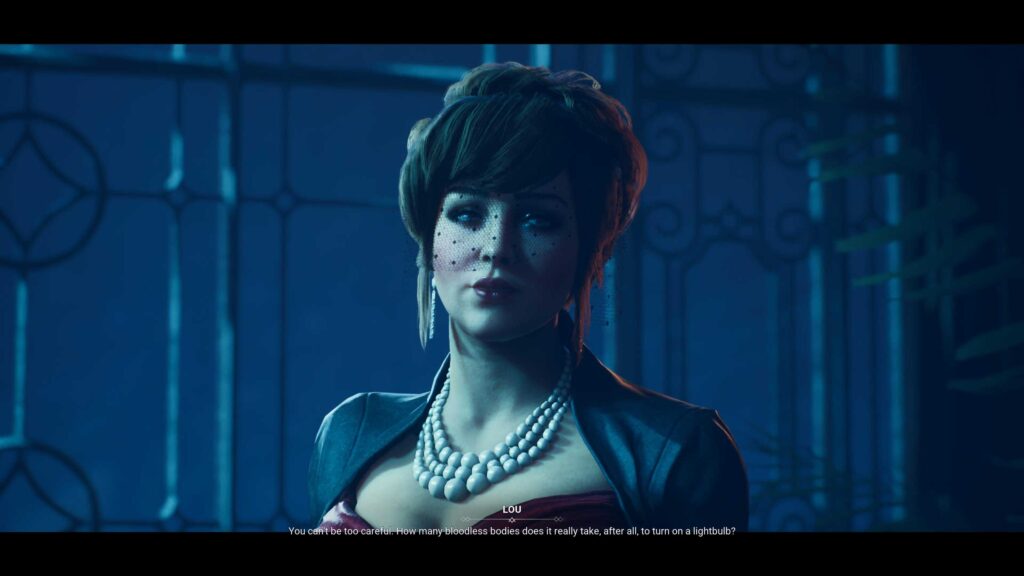
Now, there are things to do on the map, but in a straight comparison to the game’s predecessor, they are a massive let-down are arguably the simplest to give a straight comparison to. For all the original’s faults, it had the Ocean View Motel, which has gone down as a great moment in gaming. What players might forget is it was part of a really good mission chain involving the “Daughter of Janus,” as my Malkavian would call her. Here, there are four types of missions locked into repeat, unlocking at each new arc. They are repetitive and never-ending, and worse, necessary if you are trying to unlock skills, so not forced but… Kinda forced… The game has no fast travel system either, so you will find yourself walking through a map with nothing going on very often, which bites because these tasks often send you across the map, then back again to finish them. One chain in particular tasks you solely with doing this to pick up a package and return, so there isn’t even a fight to cap off your long jogs. And it’s not an overstatement to claim nothing else is happening in town; there are these missions and the main story, almost nothing else. All of this is themed around oppressively dark guitar riffs that at least invoke the original game in their sound and tone, but wear very thin as they loop frequently. They really do help drive home the ‘sadness all the time’ tone the game is going for, but it becomes frustrating when some of the best aspects, or at least the ones I liked the best, only have one thing to say, and that’s nostalgia.
This is where and when you realize the game also has a pretty bad checkpoint system. As an open-world game, I was already frustrated that he title does not have a manual save system to begin with, but it saves annoyingly so. Taking a side quest might send you across the city to fight a group of enemies, and they may be tough. You would think the game would save on approach, since in between taking the mission and arriving is dead space. Incorrect. Die in the fight, spawn back at the beginning of your trek to do it again, now multiply that by six or seven tries, and you get the picture. Boss Fights, which are just straight-up fights with enemies that have three health bars, can also be annoying for this reason, as dying on the last sliver of health simply reverts to the start of the fight rather than checkpointing each bar as is very common now.
The one other thing you can do in town is feed on people with certain types of blood to collect points and unlock skills. They pop up occasionally, before even the ability to unlock upgrades. Replacing the stat sheet from tabletop games, Phyre can unlock abilities from each clan. Regardless of what you pick at the start, you can unlock all stats; just that your clan’s stats are available at the start, and unlocking them allows for the unlocking of other clan skills of the same tier. It’s a long process, but also annoying, as you can unlock the skill with the resonance you get from biting people, but you still need to buy it to have it. In my first playthrough, I ran through all the missions and side missions, only to unlock less than half of the skills by the finale. This is despite my taking the three to four hours of pointless grinding required to unlock every skill for unlocking. It’s a process that feels like a nihilistic task rooted in futility with a payoff nowhere near worth the effort. It’s also a challenge to even do so, as luring them someplace you are not and need to hide till the heat wears off is hard. Every alley has a homeless camp in it with 20 people, and even criminals, for their safety, only commit crimes where five cops can see, so eventually, I just snapped and started biting people wherever I wanted. You will too.
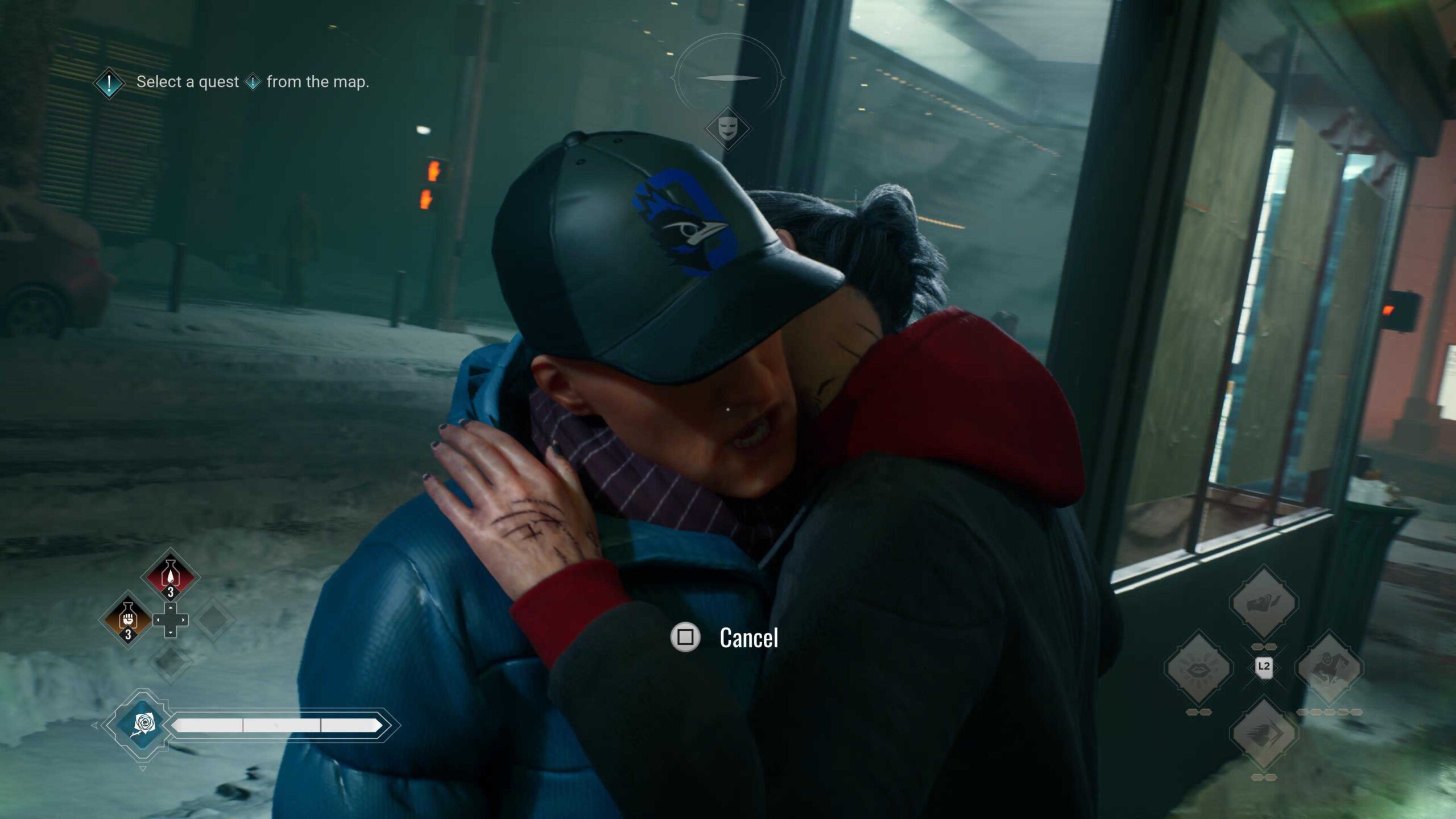
All of this plays heavily into the combat, which, while the strongest part of the overall experience, is still not good, which might say everything that needs to actually be said. Phyre, at least on a basic level, can only use melee combat. One interesting thing about this is that it does change depending on the clan you play as, giving some minor value to that choice and at least allowing for some diversity between playthroughs. It never evolves, though, and as the game throws more at you, it starts to feel the game is heavily rigged against the player in some awful ways. Having just come off of Ghost of Yotei, big enemies are familiar, but Ghost lets you eventually slay them in stealth or with a big move, so when it starts throwing ten at you, it’s still hard, but you don’t feel ill-equipped. Not here. Here, stealth segments often start with a big guy you can never instantly kill blocking a small hallway. You can distract him, maybe (though this element is extremely hit and miss), and sneak past, but engaging turns a stealth segment into a fight for survival against everybody in the area, which again, your characters are underequipped for.
The abilities you have can diversify combat and allow for some interesting combinations, but you have blood pips that you need to replenish to use them, and both methods are awful. The first is to suck blood from an enemy, which heals you and recovers one pip. Some abilities take 6, so again, you can’t upgrade base skills. Worst, these do not make you immune, so sucking blood to heal can literally end with you one step from death, and your ability still not usable. The other is through healing items, which, since you cannot buy them, you need to rely on finding them in locations, and using them can be concerning, given you have no way of knowing if another will be found soon or not. Enemies are faster than you on average, and can cancel your attacks on average too, putting a damper on any part of fighting, as most enemies swarm you and force you to try to back out from positions you are stuck in.
What compounds the design choice is that Phyre’s secondary ability is telekinesis to pull items towards her. This is a spotty ability, as any area can just pile items on top of each other, making it difficult to pull something specific, with the wrong item often coming towards you. In stealth segments, this can be even more noticeable as you try to pull an enemy, only for a brick or bottle to come at you and alert the enemy as well as everything else in the area. You can’t use guns traditionally, but you can use them by pulling them to you. Weirdly, if a gun has more than a single round, choosing to fire causes Phyre to unload the clip and turn the gun into a throwable. Maybe it’s just as well, since aiming this way is also a nightmare, and with hordes of enemies chasing or shooting at you, very hard to aim.
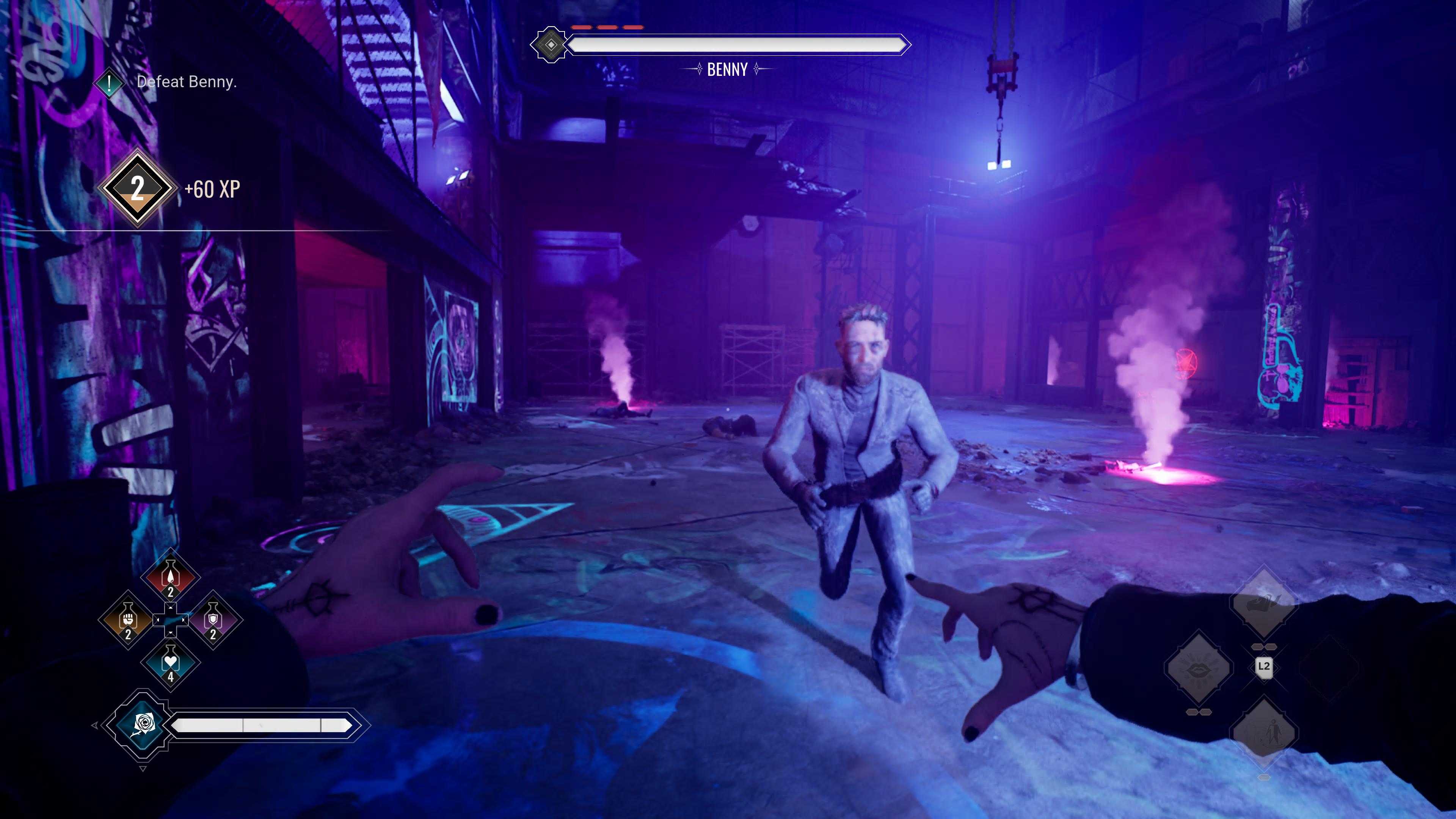
Joining Phyre on her journey is Fabian, a Malkavian stuck in her head like a plot that feels five years too late. Fabian grew on me after I at first thought he was emblematic of the bad writing present throughout the game, but I realized he was the bright spot in much of the writing. While not all the voice acting is a bright spot, both Fabian of Phyre have competent leads to carry the narrative, which is a great thing since much of the game requires listening to them. The issue is that Fabian does what every disembodied voice in gaming (which is a shockingly high number) does and comments after every conversation that you should do the thing that you said you should do in that conversation. It slowly begins to come across less like a contributing voice and more like there was doubt that players could process that “Go meet with the Prince at Makon Bar” means exactly that.
Fabian also serves as the protagonist of the biggest time sink in recent memory, as you play in between each segment of the main game as he investigates a series of killings. These segments take you across 1924 and shortly before the main game, taking way too long to find some common ground with the main story. For the most part, they are slow and drawn-out narratives that involve looking at crime scenes and interacting with objects, with some dialogue in there, too. The big issue, I hear you ask. Fabian Two has full rain of the city but literally no abilities; he can even jump, so running across the map is even worse in his form. He has vamp powers, but they are all dialog-based, with one being the most obnoxious thing to use in the entire game. They use pips too, so compound that by getting to a dialog, realizing you need an ability you can’t use, then needing to double back to heal.
The narrative can feel disjointed, and almost painfully, around the last act, it starts to get really good. If you play the main story by itself, it probably isn’t long; it just feels like that because of the multiple Fabian segments, and yes, I am offended on his behalf. He deserved better. When the inner machinations of Vampire society start coming out and the inner politics take center stage, it is hard to deny that the change is welcome. It is hard to say if I hate that once this happens, the game basically ramps up to an ending, or if I am just angry at how much I had to wade through to get there. It’s hard to praise a story if it gets good five hours after you stopped playing. The game also featured a twist so predictable I clocked it pretty early on, and I never do that, so… Do with that what you will.
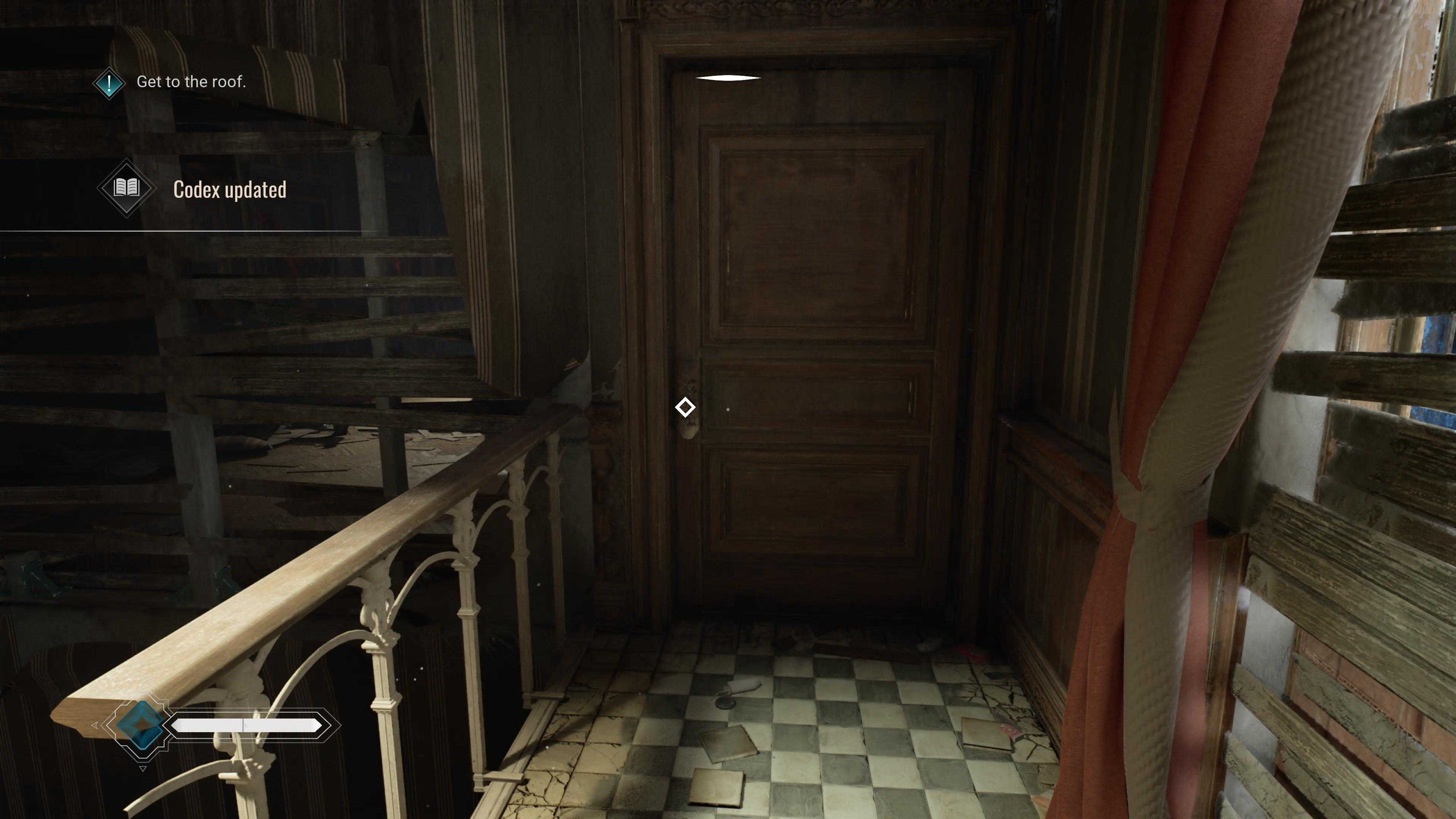
Verdict
I didn’t walk into Vampire: The Masquerade – Bloodlines 2 hoping to feel the way I did walking out. Hell, I had checked my expectations at the door the second they showed that new gameplay demo right after The Chinese Room took over. Here we are, though, with me trying to find the bright side, and I am struggling to do so. I think the absolute worst part is looking back and knowing what made Vampire: The Masquerade – Bloodlines a special RPG ahead of its time. Despite its many issues, there was a competent and clever RPG that even a game like Baldur’s Gate III leaned things from. Here, not only is the game bland, repetitive, boring, and frustrating all in equal measures, but the undertone at best peaks through and at worst is a phantom I saw while I was desperate. And this might cost the series. A new Bloodlines entry, a departure from gaming, and an interest in the tabletop game. There is so much Vampire: The Masquerade can and could be, and almost none of that is on display here. The wrong lessons feel undoubtedly the only things that will be taken away from this experience, and the game makes no case for why they shouldn’t.
Remember to follow us on Twitter, Facebook, and Bluesky to keep up to date on everything we have going on!
Reviewed on PlayStation 5, also available on Xbox Series and PC
Developer: The Chinese Room
Publisher: Paradox Interactive
Release Date: October 21, 2025
Pros:
+Second Act Narrative
+Basic Combat Concept
+ Some Voice Acting
Cons:
- Bad Writing
- Bland open-world
- Monotonous and repetitive side quests
- Overall narrative with obvious twist
- Inability for combat to evolve
-
Vampire: The Masquerade - Bloodlines 2
1 Comment
Brutal. I have to know what happened to the original design and team that could have been worse than this. That and why pick The Chinese Room to do a multi-path rpg series? It’s all such a shame and probably killed the franchise.